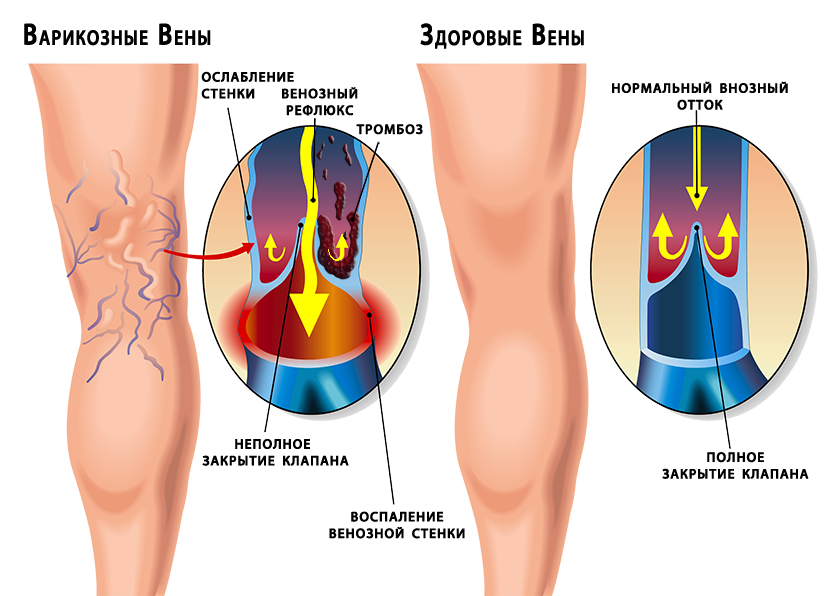- Varicose veins treatment in Kyiv
- Varicose veins treatment in Zaporizhzhia
- Edema and lymphostasis treatment
- Myths about varicose veins
- Massage and varicose veins
- Treatment of varicose veins with hydrogen peroxide
- Veins ache and pull blood vessels
- Can I treat varicose veins with pills?
- Treatment for varicose veins with leeches and bees. Benefit or harm?
- Is it possible to get rid of varicose veins with the help of gels and ointments?
- After 70 years, is it too late to treat varicose veins?
- Do mud baths help with varicose veins?
- Is it possible to get rid of varicose veins with compression knitwear?
- If you make an "open" operation - varicose veins will never appear again. Is it so?
- Are ugly scars and scars left after the operation to remove varicose veins?
- Is varicose veins treatment a long and painful process?
- Is it possible to get rid of varicose veins completely and forever?
- Varicose veins cannot be treated in the summer. Is it so?
- Do you need to go to a surgical hospital for vein surgery or not?
- After removal of varicose veins, the load on healthy veins increases. Is this so?
- Is it possible to play sports after surgery to remove varicose veins?
- Only the elderly suffer from varicose veins?
- Wearing compression hosiery causes muscle atrophy or not?
- Remove veins or not?
- How is the outflow of blood after vein removal?
- Thrombophlebitis treatment
- Nonresident patients
- All about varicose veins
- The risk of complications of varicose veins | Trophic ulcers and no panic
- Causes and symptoms of varicose veins
- Diagnosis of varicose veins
- Stage of development of varicose veins
- Gymnastics and prevention of varicose veins
- Diet for varicose veins
- Why is varicose veins dangerous?
- Treatment of varicose veins of the lower extremities
- Varicose veins and pregnancy
- Varicose disease - what will happen if not treated?
- Varicose symptoms
- Complications of endovenous treatments
- Post-thrombotic disease
- What is phlebology?
- Complications of varicose veins
- All about sclerotherapy
- Vascular diseases
- Treatment results in AngioLife
- Questionnaires and tests for patients and doctors
- For doctots
- Public contract
Causes and symptoms of varicose veins
- Home
- All about varicose veins
- Causes and symptoms of varicose veins

Varicose veins is one of the forms of human retribution (the disease can occur only in Homo sapiens) for upright posture and manifests itself in people with a large number of risk factors and a genetic predisposition. Among all vascular diseases, the proportion of varicose veins is several times higher than other pathologies, since at least 40-45% of women and 30-35% of men report signs or symptoms of this disease. It is extremely important to know and understand all possible modifiable risk factors, which will make it possible to prevent the onset or rapid progression of this disease.

Some of the main risk factors for varicose veins include:
• Congenital absence of venous valves in the anatomical structure of the veins of the lower extremities, due to which there is a reverse flow of venous blood and "overload" with an excess volume of the microvasculature;
• Genetic factors - since the presence of varicose veins in both parents actually guarantees the possibility of this disease in a child (up to 90%), while the disease in one of the parents increases the risk of inheritance up to 50-60%;
• Constant static loads (work for a long time in a lying or sitting position, lift weights), resulting in a wall;
• Female gender (as noted in epidemiological studies, the disease occurs almost twice as often as in men);
• obesity (each extra kilogram significantly increases the load on the venous system);
• connective tissue diseases;
• bad habits (smoking and alcohol abuse), violate the function of the internal lining of blood vessels;
The main symptoms of varicose veins:
• visible tortuous veins in the form of "clusters of grapes" or small "vascular spiders";
• heaviness (feeling of fullness) in the lower extremities, especially in the afternoon;
• swelling in the ankles at the end of the working day, which decrease in the morning;
• hyperpigmentation (brown spots) and / or thickening of the subcutaneous tissue (hard nodes under the skin in the lower third of the leg);
• long-term non-healing wounds (trophic ulcers), or bleeding from varicose veins and nets when damaged.
IF YOU HAVE AT LEAST ONE OF THE ABOVE SYMPTOMS ABOUT, DO NOT TIGHTEN TO TAKE THE SHORT VISIT TO A SURGEON OR PHEBOLOGIST!
BOOK AN CONSULTATION FOR TIME CONVENIENT FOR YOU!
